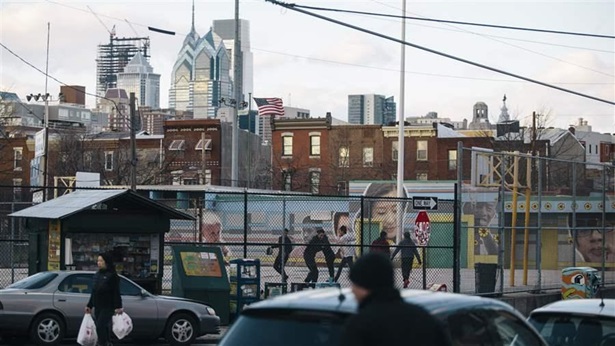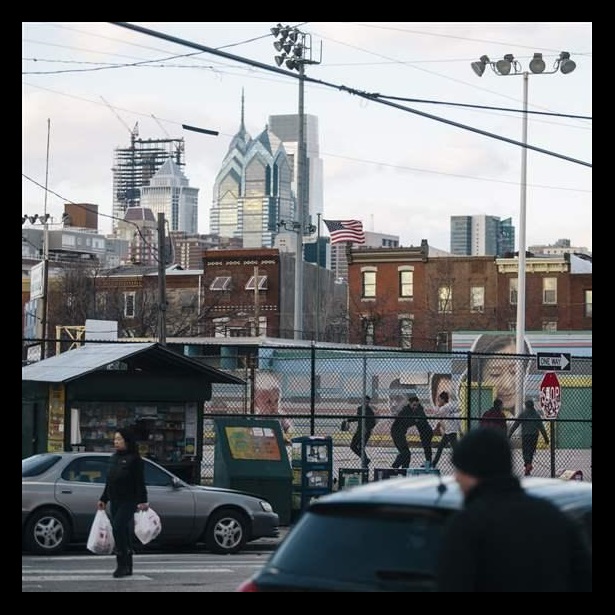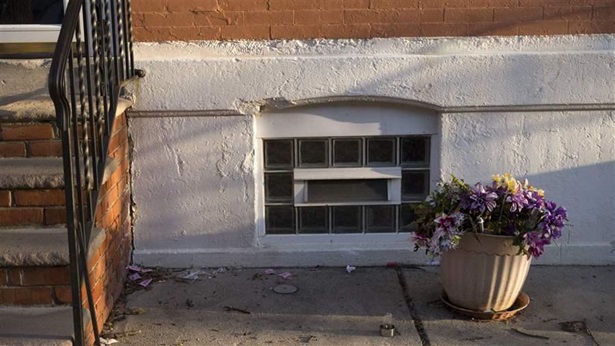Pew Report Examines Demographics of Poverty in Philadelphia
Study finds that the city’s poor are increasingly Hispanic, working age, and geographically diverse
PHILADELPHIA—A new analysis by The Pew Charitable Trusts finds that Philadelphia’s impoverished residents are increasingly Hispanic, of working age, and geographically spread across much of the city, reflecting the changing makeup of Philadelphia as a whole. It also shows that one reason for the city’s high poverty rate of 25.7 percent is the extraordinary degree to which the region’s poor are concentrated in the city, more so than in many other metropolitan areas.
The study, “Philadelphia’s Poor: Who They Are, Where They Live, and How That Has Changed,” finds that the “suburbanization of poverty,” which has been much discussed nationally, has happened less in the Philadelphia area than in many other metropolitan areas. And at 12.9 percent, the region’s poverty rate is lower than that of most of the metropolitan areas that include the nation’s 10 largest cities. About 400,000 city residents—including nearly 40 percent of Philadelphia’s children under the age of 18—live below the federal poverty line, which is $19,337 in annual income for an adult living with two children. And nearly half of all poor residents are in deep poverty, defined as 50 percent below the federal poverty line. To make comparisons over time and among cities, Pew analyzed U.S. census data from the nation’s 10 most populous cities and the 10 poorest cities with populations of at least 350,000; Philadelphia is the only city to appear on both lists.
Additional key findings of the research include:
- From 1970 to 2016, Philadelphia’s poverty rate rose by 10.3 percentage points while the nation’s poverty rate, now at 12.7 percent, was essentially unchanged. The rising rate in Philadelphia was the result both of an increase in the number of poor people living in the city and a decrease in the number of residents who are not poor.
- Among the cities that currently qualify as the 10 largest, the increase in poverty in Philadelphia was the steepest over that 46-year period, rising from 15.4 percent in 1970 to 25.7 percent in 2016. Among the poorest large cities, the increase was about average.
- In recent years, Philadelphia’s poverty rate has been relatively stable. From 2006 to 2016, it grew by less than one percentage point, although it rose sharply for a time in the aftermath of the Great Recession, peaking at 28.4 percent in 2011. Most of the 10 largest cities had relatively small net changes in their poverty rates during this period, while many of the 10 poorest large cities had significant increases.
- Among racial and ethnic groups, Hispanics have the highest poverty rate in Philadelphia at 37.9 percent, followed by blacks at 30.8 percent.
- Since 1970, poverty in the city has expanded geographically from discrete areas in North, West, and Southwest Philadelphia to much of the city; only 40 percent of Philadelphians now live in census tracts with poverty rates under 20 percent. Blacks and Hispanics of all income levels are far more likely than whites to live in areas where the poverty rate is high; poor whites tend to live in neighborhoods where the poverty rate is low.
- The poverty rate in the Philadelphia region is lower than in most of the metropolitan areas that include the 10 largest cities.
“The effects of Philadelphia’s high poverty rate reach far beyond the people who struggle with poverty on a daily basis,” said Octavia Howell, a researcher with Pew’s Philadelphia research initiative and author of the report. “Many of the topics that dominate our nation’s urban conversation—including crime, health, public education, and support for government services—are rooted in the economic status of our cities’ less well-off residents. Therefore, the goal of this analysis is to inform that conversation for policymakers and all those who care about Philadelphia and its residents.”
###
The full report, which includes numerous graphics and maps, is available at pewtrusts.org/philadelphiapoverty.
The Pew Charitable Trusts is driven by the power of knowledge to solve today’s most challenging problems. Pew’s Philadelphia research initiative provides timely, impartial research and analysis on key issues facing Philadelphia for the benefit of the city’s citizens and leaders. Learn more at pewtrusts.org/philaresearch.











